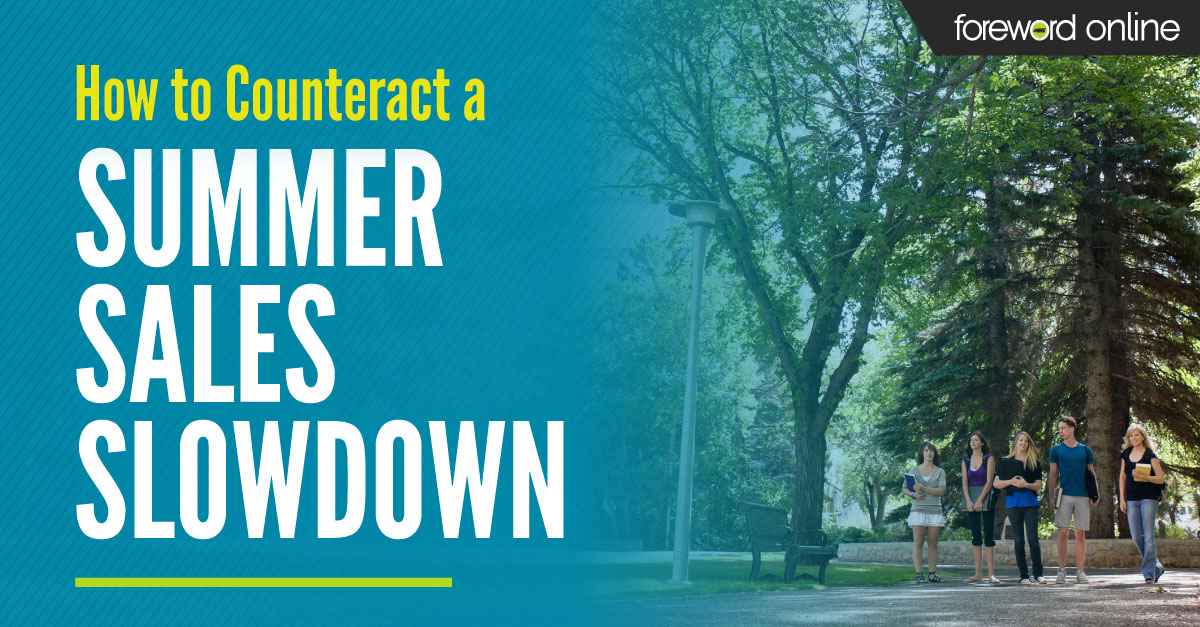You need to buy a new coffeemaker. Does a commercial with a former TV doctor advertising a coffeemaker and jet-set lifestyle influence your decision more or less than hearing your sister or neighbor talk about how much they love their new coffeemaker and all the features it has? The answer to the question comes down to one thing: trust. Consumers trust people they know. People who are “real.” Students are no different. In fact, Generation Z is even more inclined to reject conventional advertising than their previous generations.
 While the concept of influencer marketing isn’t new, the focus of it has changed. Technically, both situations above are examples of influencer marketing. Simply put, people trust people they know. Because of this, influencer marketing has been divided into two distinct groups: macro-influencers and micro-influencers.
While the concept of influencer marketing isn’t new, the focus of it has changed. Technically, both situations above are examples of influencer marketing. Simply put, people trust people they know. Because of this, influencer marketing has been divided into two distinct groups: macro-influencers and micro-influencers.
65% of Gen Z dislike ads that make life look too perfect.
Macro-influencers are the traditional celebrity endorsements. These are people with an enormous reach on social media and independent fame. It uses a widely recognized figure and idealized lifestyle to sell a product. And, while more customers might see a product or advertisement because of the celebrity cachet, that doesn’t necessarily translate into consumer influence.
Micro-influencers are a new form of advertisement that companies, especially smaller business and startups, are investing in. These influencers have a smaller reach of dedicated fans that fall into their niche. Hiring micro-influencers can be more cost effective, but it is also harder to identify them and verify their credentials.
But, there’s another choice that will help college stores make their marketing stand out.
81% of Gen Z girls are more influenced by their friends than celebrities or social media influencers.
By pairing what we know about influencer marketing and Generation Z, college stores can create marketing campaigns designed to appeal directly to their students’ sensibilities in a personalized way that other brands can’t without spending a lot of money.
Generation Z and influencer marketing
Your college store can utilize influencer marketing without having to hire them to promote your brand. The biggest influencers of student behavior are all around a college store: other students.
- Generation Z prefers ads that let them tell their story.
When advertising an event or sale in your store, try to frame it in a way that lets students tell their story. Seek engagement and create a sense of community. Use fun hashtags on social media that will appeal to your students to tell their story. Think about the Tonight Show’s segment Late Night Hashtags. To help engage younger demographics in the late-night talk show, they have taken the program to them. With hashtags like #WorstAdvice, #MyWeirdRelative and #MomTexts the program gets Generation Z and Millennial engagement online as well as viewers to see if the host will read their tweet aloud.
If you create a geofilter on Snapchat, make sure it is one students will want to share with their friends and not just an advertisement for your store. The student should be placed front and center in the story your ads are telling them. - 77% of teens prefer ads that show real people and situations.
Recruit and use student models to give your merchandise a boost in authenticity. Generation Z want to see diversity in advertisements. Plus, students are more likely to share and engage in your marketing if they see their faces or the faces of their friends. Student models can be micro-influencers that will help spread the word to other students on campus more effectively than hanging posters.
- 58% of Gen Z expect brands to give them the tools to make their own fashion statements.
Generation Z doesn’t want to be told what they are supposed to like, which is great for a college stores. Large companies don’t have the ability to offer truly personalized experiences or selections. Find out what the students on your campus want. Maybe even let them vote on some items to see what appeals to them most. The more you give them a say in the merchandise the story carries, the stronger the connection they will feel to the store.
- 58% of girls ages 13-16 want Instagram-worthy holiday presents.
Social media started as a place to share your life with others, but it has evolved into a lifestyle. Each social media platform plays its own part in the narrative of a student’s life. Facebook is for information, Instagram is to show the life they aspire to live, Snapchat shows real life and Twitter is for news. Try creating images or posters showing what students want to create for themselves. Create and post a mock Instagram picture of a student in the store’s new winter hat with a lot of likes and comments on the picture.
Finding new and authentic ways to reach students can be a challenge. Enlist the help of student employees to develop student specific social media campaigns.





